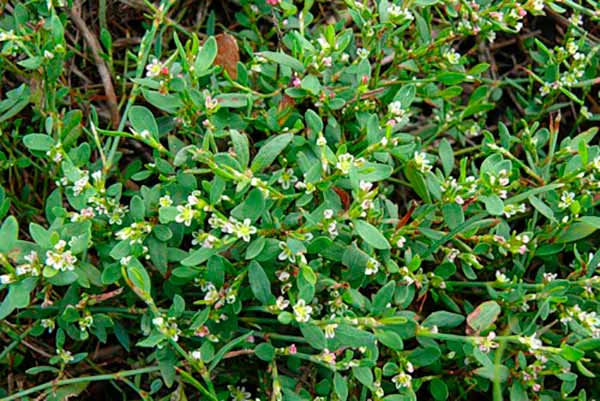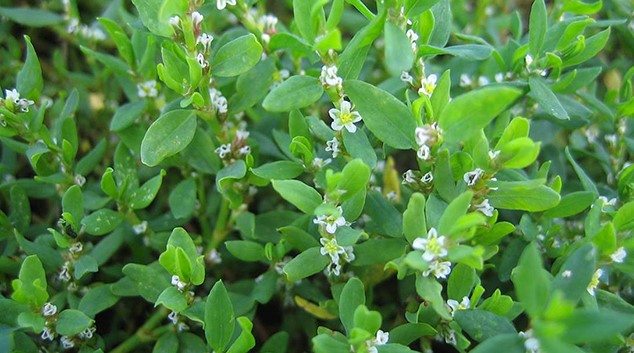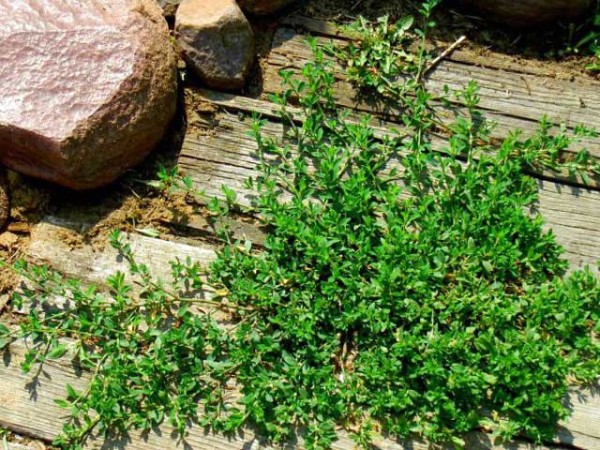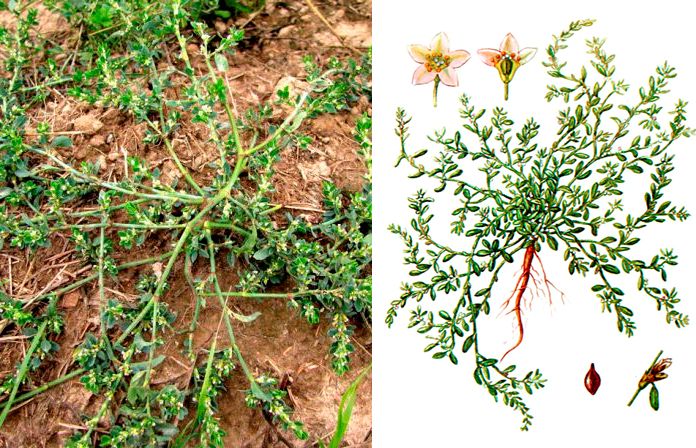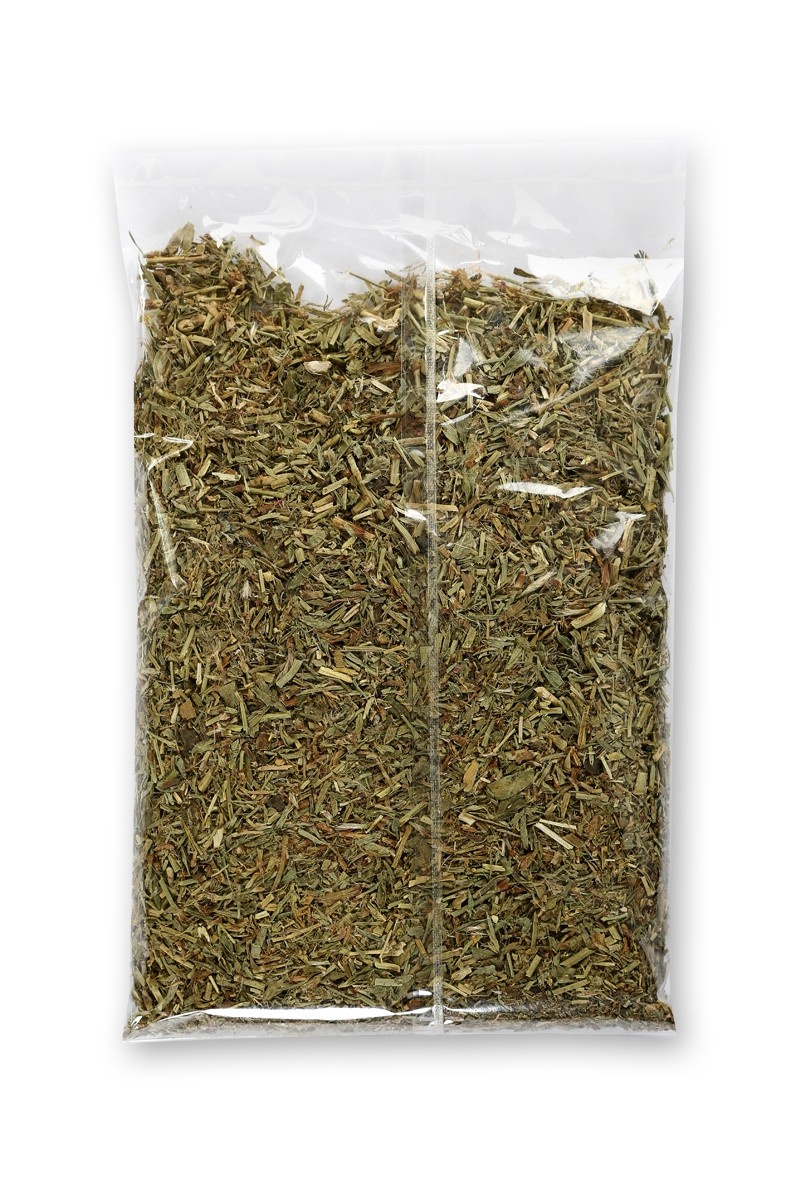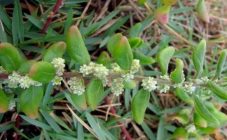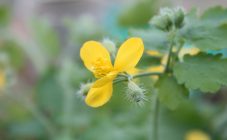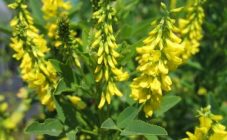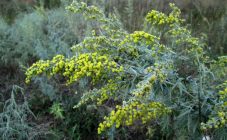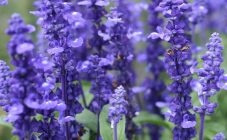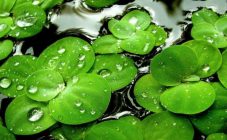Content:
The bird highlander is popularly called by the people in dozens of different names, he is called a zornitsa, an ant, a buckwheat, a goose, a kuro-eater, a grass trampler, you sprinkle grass, an ant, the grass of a horse-breeding farm and many more nicknames. But the most common name is knotweed herb. The mountaineer itself has several varieties, differing in external characteristics and botanical properties.
Appearance
Knotweed, like lawn grass, adheres closely to the surface of the ground and is an annual creeping plant. Refers to a polymorphic species of the genus Highlander from the Buckwheat family.
The main shoot of the grass is thin, erect, recumbent from the base, has a large number of branches that reach a length of 0.1 to 0.8 m.
The foliage is grayish-green, small, thin, oblong, 1.5-5 cm long, 0.4-1.5 cm wide.
It blooms with white, pink or light green small flowers. Inflorescences of 2-5 flowers are in the leaf axils. Flowering begins in early April and does not end almost until the end of the autumn season. The highest intensity is observed from July to August.
Konotop herb produces dark, black or brown nuts - fruits that ripen between July and September.
Distribution zones
The maryzny grass prefers gravelly soils of high fertility. But it can grow in any conditions and on various substrates.
Considered a weed. When ripe, nuts fall and take root, are quickly taken. Soon, where there were 1-2 plants, there will be a whole carpet, which is also resistant to trampling.
Growing zones: fields, wastelands, the banks of reservoirs, forests, roadsides, pastures, pastures, unkempt areas, a vegetable garden.
The plant is widespread on all continents. Perhaps the only places where spore grass is not found are the Arctic and Antarctica.
Species classification
The species name "highlander" unites many similar and difficult to distinguish subspecies:
- highlander variegated;
- stomp;
- Alpine;
- viviparous;
- snake;
- spread out;
- bindweed.
In appearance, the knotweed and knotweed are most similar to knotweed.
Use in various fields
In the chemical industry, until the middle of the 20th century, the root of the knotweed herb was used to produce a blue dye for fabric and artificial leather, the aerial part of the plant gave pigments of the following shades: cream, bright yellow, light green.
In the food industry, trample grass is present in salad recipes, first courses. The dried, powdered grass is added to flour for baking bread, pies, buns.
In farming, Konotop grass is an excellent treat for the feathered farm.
In cosmetology, it is customary to accelerate hair growth, give them strength and health with a decoction of this herb.
The plant is most often used in medicine, as it is endowed with a lot of medicinal properties, it can cure many diseases.
Pharmacology
Properties of Knotweed herb or knotweed:
- has a strengthening effect;
- starts anti-inflammatory processes;
- is an excellent antimicrobial protection;
- increases the rate of blood clotting;
- has a good diuretic effect;
- slows down putrefactive processes;
- lowers blood pressure;
- increases the speed of wound healing;
- enhances immunity;
- reduces the deposition of salts in the urinary tract;
- removes sodium and chlorine;
- provokes uterine contraction;
- reduces mucosal bleeding.
Application methods
The herb is used in the form:
- tea;
- lotions;
- decoctions;
- tinctures;
- compresses;
- ointments.
External use. For skin diseases and ulcers, wounds, bruises and abrasions, put lotions, compresses, apply ointments from the infusion of a fresh green plant. They soothe pain, promote granulation, inhibit inflammation, and kill germs.
Internal use. Infusions, teas, decoctions of dried herbs are used for:
- ulcers of the stomach and duodenum;
- chronic urinary tract disease;
- at the initial stage of urolithiasis;
- after removing stones;
- liver disease;
- tuberculosis;
- malaria;
- for the treatment of uterine and hemorrhoidal bleeding.
Collection time and procurement
You need to collect the grass in dry weather during flowering, since flowers are the most useful component of the plant. The optimal period is summer.
Only the aboveground part is subject to collection. The roots and basal dense and larger trunk should not be touched. Only soft top shoots with flowers and foliage are needed.
The stems are not plucked, but cut using a knife, sickle, secateurs or scissors. The length of the cut off shoot is about 0.3 m.
After harvesting, the herbal bouquet should be dried, periodically turning it over, in a room with good air circulation or outdoors in a shaded place. You can also use a special dryer, the temperature in which should be set at 30-40 ° C.
Store the herb in paper or cloth bags. You can place in storage bags when the raw material looks dry and becomes brittle. The optimal shelf life is 3 years. After this time, the plant loses its healing properties and may no longer help with treatment.
When drawing up a plan for the end of summer - beginning of autumn, you should take time to harvest seeds. To do this, cut off the shoots, dry, then chicken the seeds.
Planting and care instructions
Knotweed seeds should be planted immediately after they are harvested, as it will take time before the cold weather to take root until the ground is frozen.
Planting should be carried out according to the technology used for planting lawns. A month before the planned planting of seeds, dig the ground to a depth of 0.2-0.3 m.Wait for the shoots of weeds, destroy it with pesticides: Roundup or Agrokiller from Avgust, Glyphos, Ground, etc.
After 14 days after the chemical exposure to the soil, the highlander is sown. Approximate seed consumption: 10 g per 1 sq. m.
Further care of crops is simple:
- maintain constant humidity, especially during dry periods. Watering should be done regularly, but not too often. The next watering should be done after the soil has dried out after the previous one;
- fertilize 1-2 times per season with mineral dressings of complex effects;
- in August-September, you need to rake the lawn, which will fluff it up, remove dried stems, and give a more aesthetic look.
Although knotweed is considered a weed, the benefits that it brings are undeniable.It will help to overcome many diseases, cope with minor wounds and cuts, and if used for prophylaxis, it will help to avoid serious diseases, increase immunity and the general tone of the body. It will become irreplaceable on the lawn near the house, becoming a soft mat for children to play. Gourmets will appreciate it as a component for various dishes. And girls, having once tried it as a hair product, are unlikely to give it up in the future.
